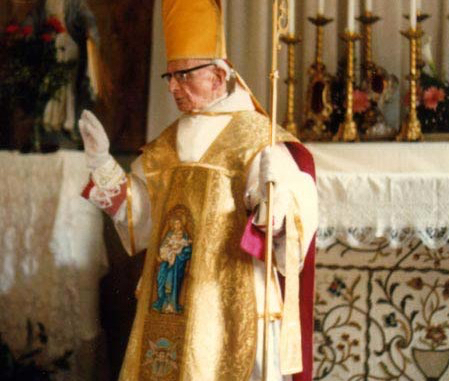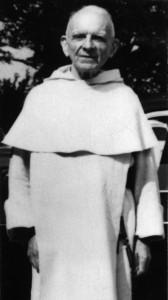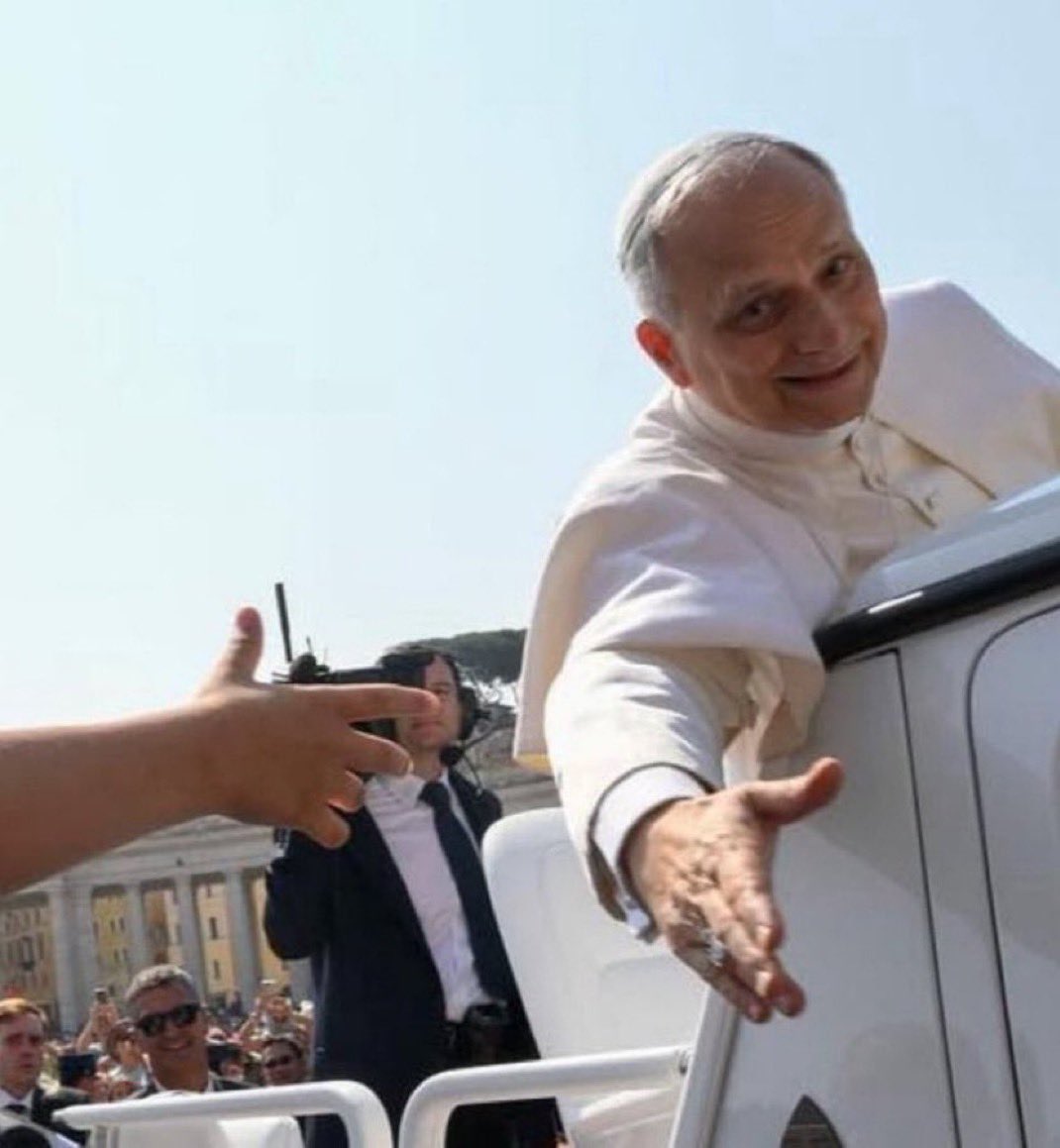Dominican Theologian who became Sedevacantist
In Memoriam:

Most Rev. Michel-Louis Guérard des Lauriers, O.P.
(1898-1988)
Thirty years ago today, the world lost one of the last great Catholic theologians: On Feb. 27, 1988, the French Dominican Michel-Louis Guérard des Lauriers passed into eternity at 89 years of age. He had entered the novitiate of the Order of Preachers (Dominicans) in 1927, was ordained a priest in 1931, and received episcopal consecration in 1981.

As a priest, Guerard des Lauriers taught at the Pontifical Lateran University in Rome during the pontificate of Pope Pius XII. He is also said to have been theological advisor to the Pope for the definition of the dogma of the Assumption, as well as the Pope’s confessor for a short time in the early 1950s. In 1969 he was one of the Roman theologians behind the so-called Ottaviani Intervention against the “New Mass” of Paul VI, and some even say he was its main author.
In the 1970s Fr. Guerard des Lauriers worked as a professor at the Society of St. Pius X seminary of Archbishop Marcel Lefebvre, but, as his Mexican colleague Fr. Joaquín Sáenz y Arriaga (author of The New Montinian Church) did before him, he came to the conclusion that Paul VI could not be a true Pope and eventually ceased his association with the SSPX. In 1981, the Vietnamese Bp. Pierre-Martin Ngo-dinh-Thuc consecrated the French Dominican a bishop in Toulon, France.
Although Guerard des Lauriers was also an exceptional mathematician, his enduring legacy consists, above all, in the so-called Material-Formal Theory he developed as an explanation of the state of sede vacante in the Holy See since Vatican II. This theological position is sometimes referred to as the Cassiciacum Thesis, the Guerardian Thesis, or Sedeprivationism. In essence, this complex theory holds that although the “popes” since at least Paul VI are not true popes, they nevertheless possess a valid election to the Roman pontificate, and, for this reason, would automatically become pope if they should renounce their heresies and convert to Catholicism. They are, in a sense, “pope-elect” — validly chosen and designated to be pope, but unable to actually be pope because of an obstacle they have placed in the way (the lack of objective intention to promote the good of the Church). This thesis, which rests on considerable theological ground, is adhered to by a number of sedevacantists around the globe, the most well-known proponent of which in the United States is Bp. Donald Sanborn.
One of the distinct advantages of the Guerardian Thesis is that it can explain cogently how it is that a legitimate conclave (as most certainly the one held in 1958 was and probably also that of 1963) could produce a “Pope” who is not actually Pope; and, more importantly, it can answer how the interrupted papal succession can once again resume. Readers who are interested in exploring the Material-Formal Theory may do so by reading the following explanations of it:
- The Problem of Authority in the Post-Conciliar Church: The Cassiciacum Thesis
- Explanation of the Thesis of Bp. Guerard des Lauriers
- The Material Papacy: On the Cassiciacum Thesis
- On Being Pope Materially
In 1985, the Mater Boni Consilii Institute (Institute of the Mother of Good Counsel) was founded in Italy. To this day it is faithful to the theological legacy of Bp. Guerard and assists in the sanctification of souls, the formation of priests, the education of youth, works of charity, and more — all for the glory of God and the salvation of souls.
The Mater Boni Consilii Institute has released this video tribute to Bp. Guerard, with lots of pictures from his life:
By the way, the newly-consecrated sedevacantist Bishop Joseph Selway was ordained in the line of Bp. Guerard des Lauriers (–> Robert McKenna [1986] –> Donald Sanborn [2002]).
Let us commend to Almighty God the soul of the man who was quite possibly the last great Dominican theologian, Michel-Louis Guérard des Lauriers. Requiescat in pace.
(Please note: The combox will be disabled for this post in order not to have to deal with endless debates among sedevacantists about the Guerardian Thesis. This theory can legitimately be debated, of course, but Novus Ordo Watch is not the place for it.)
Image source: sodalitium.biz
License: Fair use




